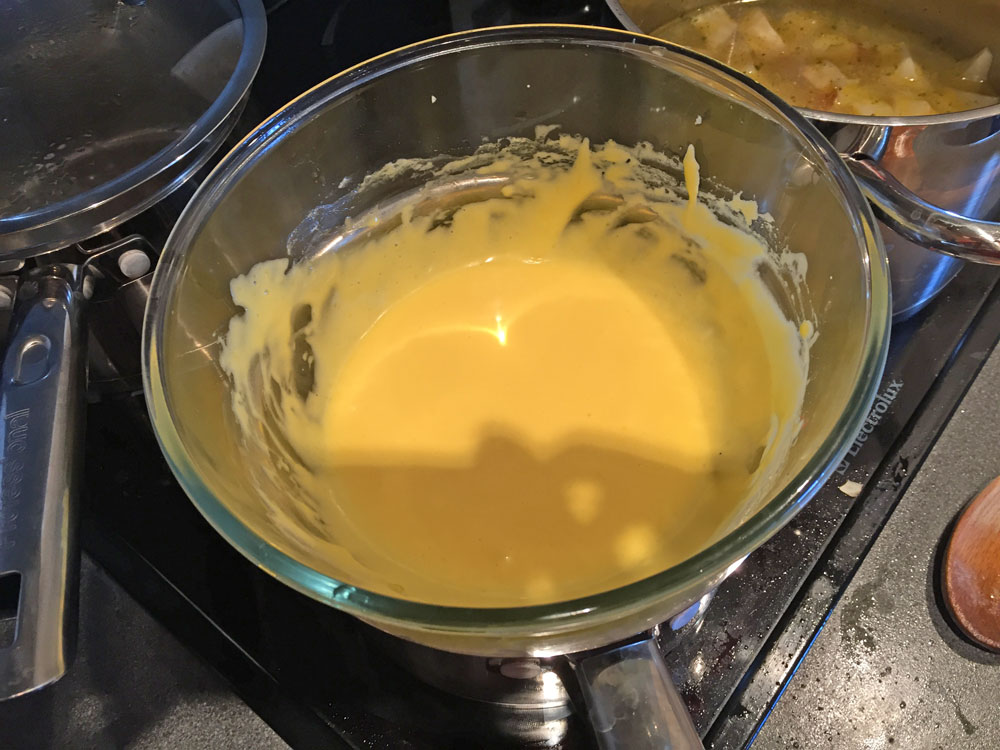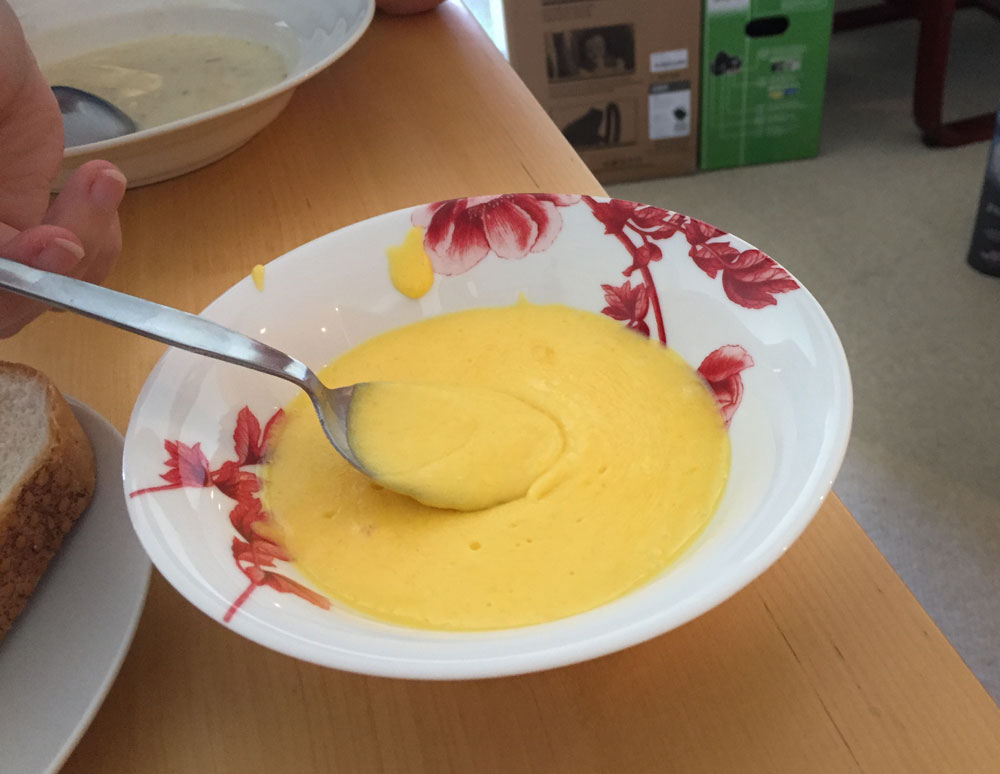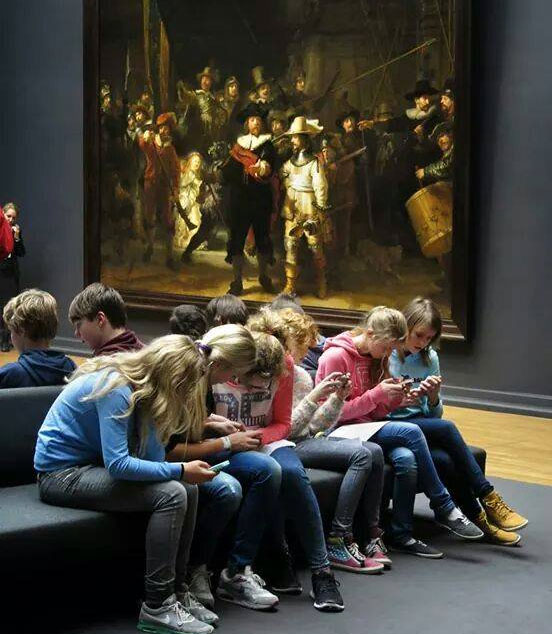Hollandaise sauce
One of the things I was particularly impressed with about the food in Iceland was that everywhere did a good hollandaise sauce. It seemed to be the standard sauce that everywhere from fancy restaurants to service stations did. Perhaps they just mass-produce or buy it in in jars, but it all tasted very good.
I recently picked up Michel Roux’s book on sauces and decided to give hollandaise a go. It is difficult to get right. My first attempt was a total disaster as everything separated. On the second attempt, I combined the book with a video tutorial to better results.

I cooked it over a ban of barely-boiling water to keep the temperate as low as possible. It is hard work. You have to whisk for five or ten minutes, then gradually add the clarified butter while you continue to whisk even more. Next time I might do this final whisking using my stand mixer, but that isn’t really an option while you have it over the heat.
I ended up with a super-thick sauce that could easily have been mistaken for a custard. Next time I might add a little more water.

The result is something special though. We didn’t even have a dinner to eat it with: we just spread it on bread and ate it, and it was delicious.

